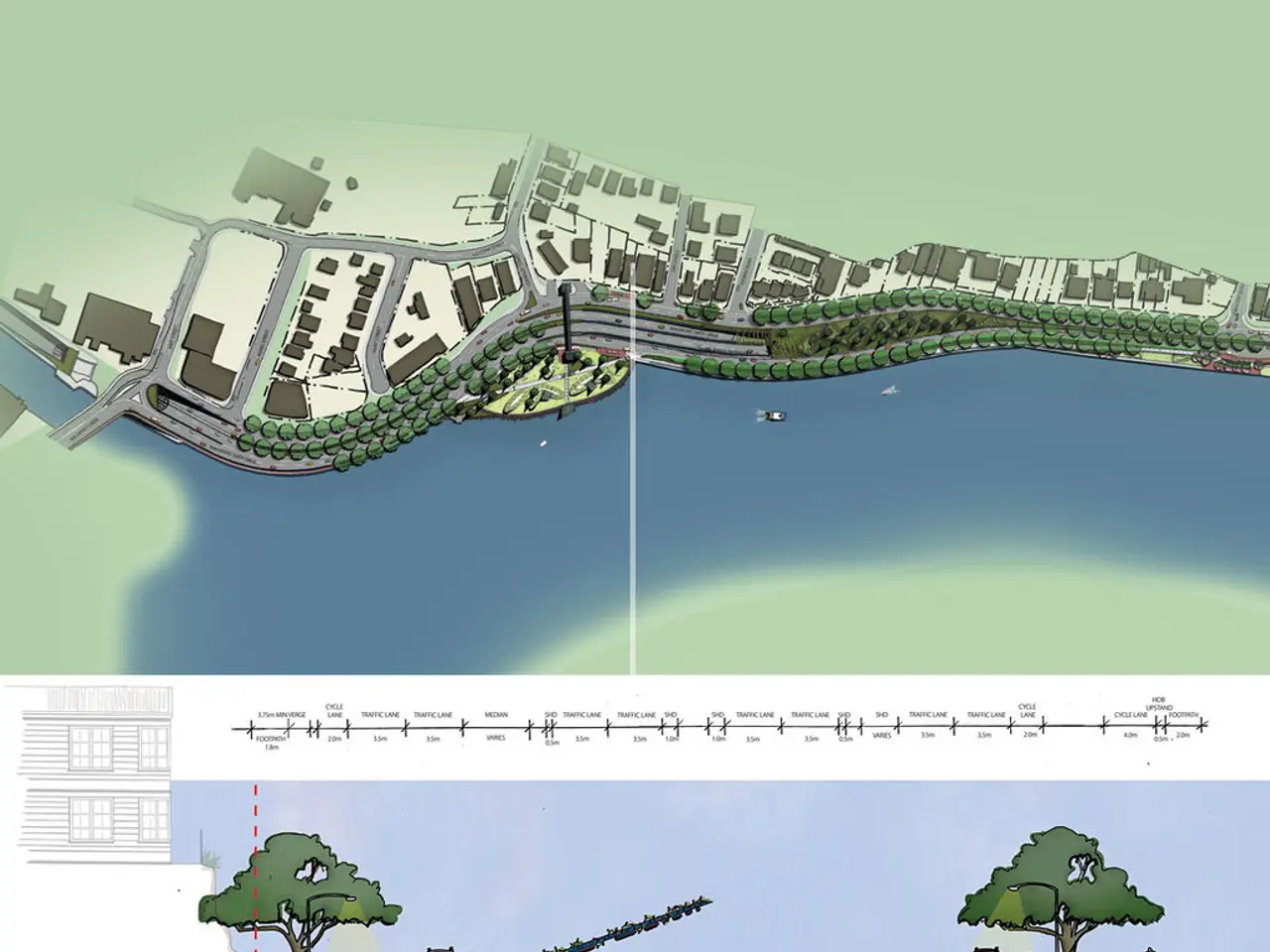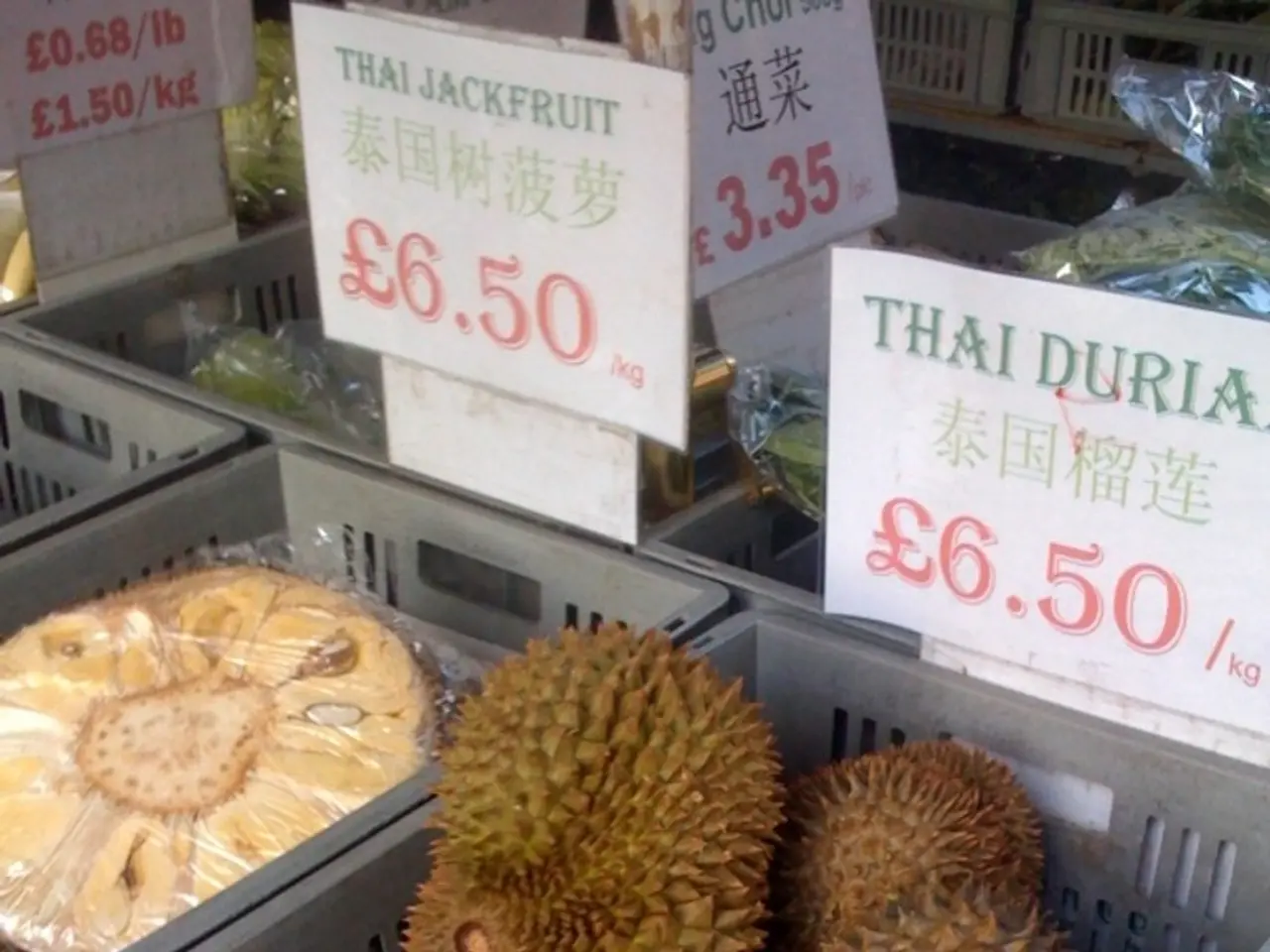Interlayer Connections within a Multi-layered Circuit Board via PCB Vias
Printed Circuit Boards (PCBs) are the backbone of modern electronics, forming networks of connections without conflicting with one another. One essential component in a PCB is the via, a vertical trace that provides electrical connectivity between different PCB layers. This article explores the various types of vias used in PCB design and their functions.
**1. Through-Hole Vias**
The most traditional and common type of via, through-hole vias are drilled from the top layer all the way through to the bottom layer, connecting all layers in between. They are created by mechanical drilling and copper plating. Despite their utility, they can block routing paths, limiting signal density on inner layers.
**2. Blind Vias**
Blind vias connect an outer layer (top or bottom) to one or more internal layers but do not go through the entire board. Named "blind" because they are visible only from one side, they allow connections between specific layers without occupying routing space on the entire board, enabling higher component density and improved routing in complex multilayer designs.
**3. Buried Vias**
Buried vias are located entirely inside the PCB, connecting only internal layers without reaching the outer surfaces. They enable internal layer interconnections without interfering with surface routing or component placement, which maximizes routing density and design flexibility. However, they require more complex manufacturing (sequential lamination) and cannot be reworked once fabricated.
**4. Microvias**
Microvias, usually created by laser drilling, are very small vias (usually ≤150 µm in diameter) often used in High-Density Interconnect (HDI) PCBs where space is limited. They provide fine-pitch connections between layers in dense circuitry with minimal space consumption, improving signal integrity and board compactness.
**5. Stacked Vias**
Stacked vias are multiple vias stacked vertically through layers, aligned one above another. They are useful in HDI boards to maintain vertical electrical paths through multiple layers in a compact area.
**6. Staggered Vias**
Staggered vias are offset from one another across layers rather than stacked directly. They help optimize routing by avoiding via congestion and providing alternative vertical connections in dense layouts.
**7. Tented Vias**
Tented vias are vias covered with solder mask, providing protection against solder bridging, corrosion, and contamination, also used for electrical isolation or cosmetic reasons.
**8. Via-in-Pad (VIP)**
Vias placed directly under component pads, often filled and capped with conductive or non-conductive material, are known as Via-in-Pad (VIP). They minimize parasitic inductance and resistance, improve signal integrity, and enable tighter component placement on HDI boards. However, this type involves complex fabrication and can increase production cost.
**9. Thermal Vias**
Special vias used to conduct heat away from components by connecting the component pad to internal or bottom copper layers, thermal vias enhance heat dissipation and thermal management for high-power devices.
By understanding these different types of vias and their functions, designers can make informed decisions when choosing the best via for their specific PCB design needs, ensuring optimal signal integrity, routing density, thermal management, and manufacturability.
[1] "Printed Circuit Board (PCB) Design: An Overview of Vias." Sierra Circuits. [2] "Vias in PCB Design." Altium.
- Controlled impedance technology can be utilized with microvias to maintain consistent impedance values, ensuring optimal signal integrity in High-Density Interconnect (HDI) PCBs.
- The use of buried vias in multilayer designs not only allows for higher component density and improved routing, but also leverages technology to minimize manufacturing complexities and increase design flexibility.



